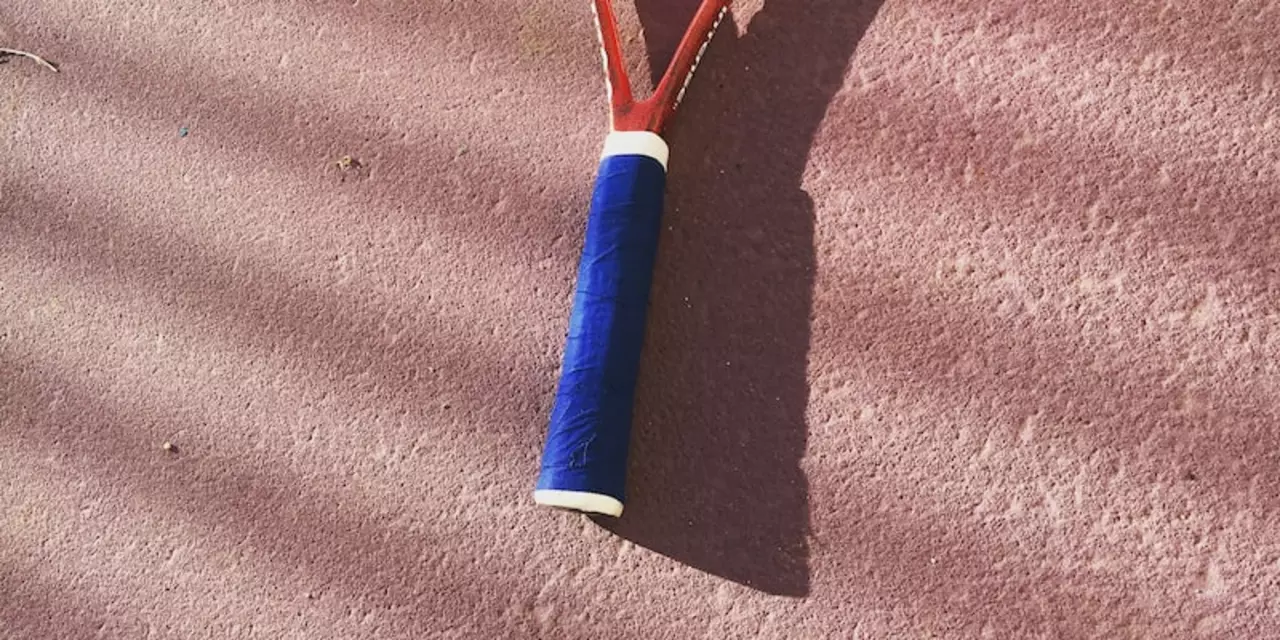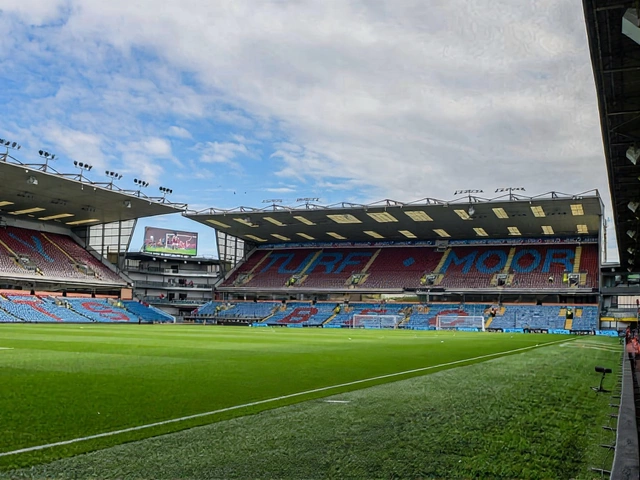Fixing Sports Issues: What You Need to Know Right Now
Ever wondered how a transfer deal finally gets sorted or why a team suddenly turns its luck around? You’re not alone. Fixing anything in sports—whether it’s a player move, a strategy glitch, or a stubborn injury—often feels like a puzzle. Below we break down the most common fixes you’ll hear about on Elite Sports Central and give you straight‑forward steps to handle them.
How to Fix a Transfer Deal That Stalls
Take the recent Arsenal‑William Gomes saga. São Paulo delayed his sale, causing a tug‑of‑war with Chelsea and other clubs. When a deal stalls, the first thing to do is clear up communication. Agents, clubs, and the player need a single point of contact who can relay updates instantly. Next, set a realistic deadline that suits both the selling and buying clubs—often a summer window works because cash flow and squad planning line up. Finally, toss in a small performance‑based clause; it shows good faith and can sweeten the deal without breaking the bank.
Fixing On‑Field Mistakes and Bad Runs
Every team hits a rough patch. The key is to stop treating the problem as a mystery and start treating it like a fixable bug. First, review game footage and spot the exact moment the momentum shifted—often it’s a defensive lapse or a missed assignment. Then, run a focused drill in training that mimics that scenario. For example, if a defense is giving away easy goals, set up a 3‑v‑2 press drill that forces players to communicate and stay compact. Finally, give players a clear, simple mantra for the next game: “stay tight, move as one.” It’s easier to remember than a long‑winded tactical brief.
Injuries are another big fix‑category. A hamstring strain? Don’t rush back. Start with light mobility work, progress to isolation exercises, and only then add sport‑specific movements. Most players who ignore the gradual build‑up end up re‑injuring and losing more time.
Fixing fan expectations is also crucial. Social media hype can turn a decent performance into a disaster in the eyes of supporters. Be transparent: share short video updates from training, explain why a tactical tweak was made, and celebrate small wins. When fans feel involved, they’re less likely to turn on the team after a loss.
Lastly, remember that fixes aren’t one‑off solutions. They’re part of a continual process of tweaking, testing, and improving. Keep a log of what you tried, what worked, and what didn’t. Over time you’ll build a playbook that turns “we’re stuck” into “we’ve got a fix”.
So next time you hear a headline about a stalled transfer, a losing streak, or a lingering injury, you’ll know the practical steps behind the fix. Keep these tips handy, and you’ll be better equipped to understand—and maybe even predict—the next big move in the sports world.
Sports events can sometimes be manipulated by unscrupulous people, and it is important to know which sports are the easiest to fix. Football is the most popular and profitable sport, and as such it is the most likely to be targeted for match fixing. Basketball and tennis are also highly vulnerable to match fixing, due to the lack of regulation and the large number of matches played. Cricket is also a sport that is vulnerable to manipulation due to its unique scoring system and the fact that it relies heavily on the opinions of umpires. Horse racing, on the other hand, is more difficult to fix due to its strict security systems and regulations. In conclusion, football, basketball, tennis, and cricket are the sports that are most vulnerable to match fixing.
View Details

